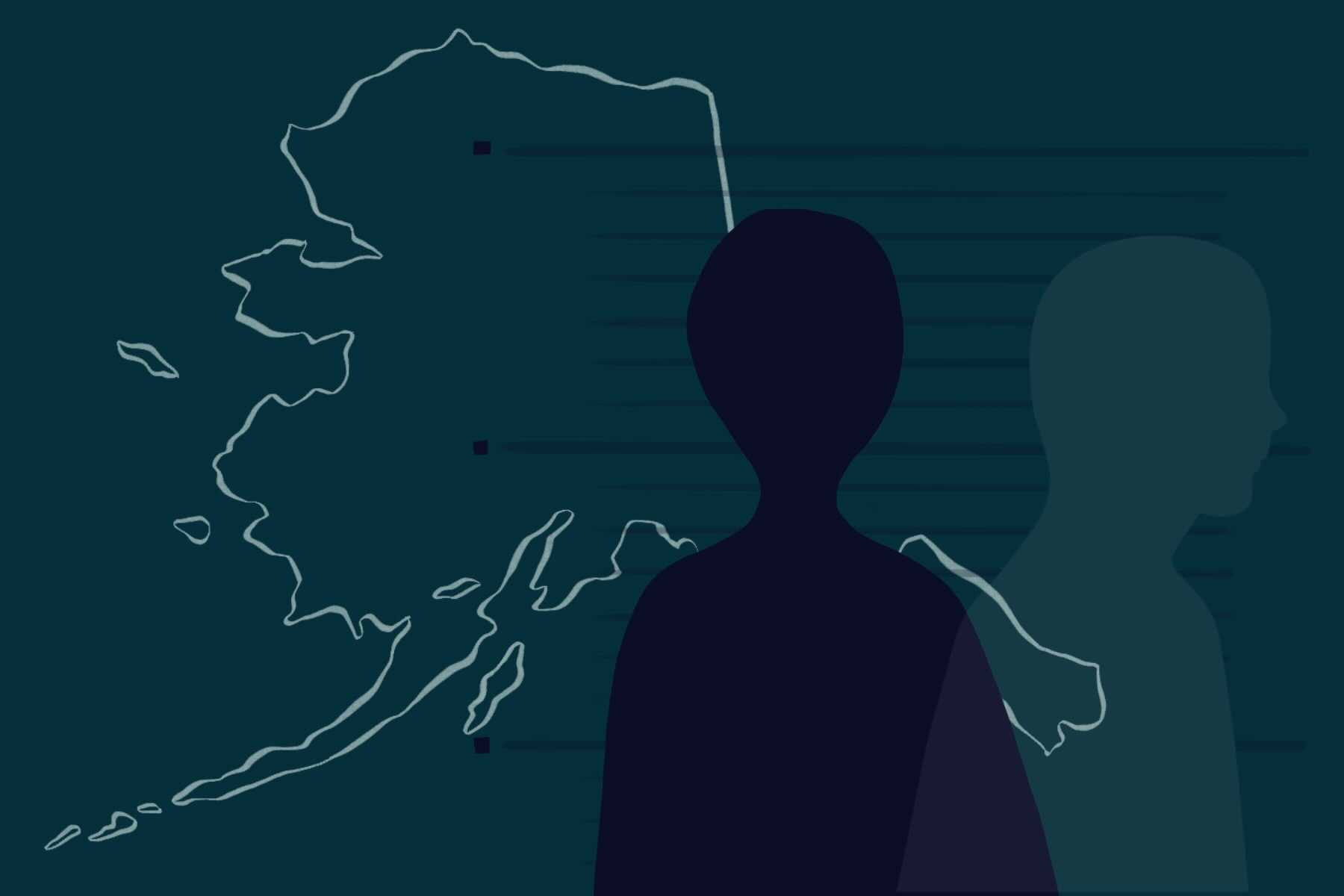Violent crime in the U.S. has been on a steady decline since 2016, dropping from about 400 incidents per 100,000 people to about 380 per 100,000 people in 2019. With an increase in modern technology, an improvement in forensic science and better means of evidence gathering, it is no surprise that crime has seen a decrease over the years. But many factors can influence crime, and unfortunately, Alaska is one of the highest-ranking states for violent crime, with about 867 incidents per 100,000 people.
Despite having a high college and high school graduation rate, Alaska has seen an above-average number of rapes and assaults. Compared to the national average, Alaska saw more rapes than any other state in 2012, with nearly 80 rapes per 100,000 residents — compared to the national average of about 27 per 100,000. There are several factors such as increased distances, unjust sentencing and a neglected Native community that may provide an explanation for these high numbers. Let’s explore what makes this glacier-ridden state one of the most dangerous places to live.
Long Distances
Due to a lack of funding, there are several Native Alaskan villages that don’t have any police officers in their area whatsoever. Because of this, they are forced to rely on state troopers for law enforcement, but sometimes, the nearest one can only be found several miles away. Only about one trooper per million acres is allocated for these rural communities, while resources are prioritized in Alaska’s hub spots. Some say funding is not distributed to these areas because there isn’t enough crime to justify keeping a full-time trooper on call, but residents think it’s because Natives just aren’t treated as a priority. When the closest law enforcement is miles away, it can lead to all kinds of problems: Criminals can feel less threatened, and potential victims are more exposed.
The wide and difficult terrain in Alaska is a huge challenge for law enforcement. There are many villages and communities located in extremely remote areas, with some only accessible by boat or plane. After a crime is reported, it can take several days for troopers to gain access to a plane, let alone arrive on scene in time. Bad weather can delay travel too, and time is a huge factor when it comes to collecting evidence and gathering witnesses. By the time troopers arrive, evidence may be destroyed, victims may have been further assaulted or criminals may have had time to flee. There are many stories of Alaskan victims seeking law enforcement and receiving little to no help at all.
Unjust Sentencing
Even if the troopers manage to arrest someone, it doesn’t automatically guarantee that the criminal will receive any jail time. Prosecutors and judges have been known to agree to plea deals and decide on “no jail” sentences for perpetrators, even if they committed violent crimes with evidence. This may be because violent crime has become so normalized in Alaska due to its extremely high crime rate. Some speculate it’s because the people in charge don’t take sexual violence seriously, though many Alaskans agree that the sheer fact that criminals know they may receive little to no jail time makes them all the more confident in committing their crimes.
It’s not all bad though: Great strides in legislation were made after an Alaskan criminal accepted a plea deal and received a lenient sentence after strangling and assaulting a victim. Recently, a bill has been put together that redefined what a sex crime is and made it a requirement for the court to consult the victim when it comes to plea agreements. The redefinition will make it clearer as to what constitutes a sex crime, assuring people won’t get off due to a lack of definition. Hopefully, the victims’ involvement in court will build a stronger case that puts criminals behind bars rather than in ankle monitors.
Neglected Native Communities
Native Alaskans make up about 15% of the population, but they account for at least 61% of sexual assault victims in the state. Over half of Native women will experience some sort of sexual or domestic violence in their lifetimes. It is unclear why Native women are such huge targets for rape, but some believe it can be attributed to the breakdown of the Native American family. The history of Alaskan Natives mirrors the poor treatment of many other Indigenous communities in North America. Their marginalization has led to issues like government dependency, educational failure, health problems and poverty; government policies are often created to undermine both their land and way of life.
Many Natives Alaskans experience anger problems as well as drug abuse and alcoholism in an effort to self-medicate their sorrows. Alcohol use is rampant in Alaska, ranking it as one of the highest states in per capita alcohol consumption. When a community experiences these issues, it can create a breeding ground for crimes such as assault, domestic violence and sexual assault. Although being drunk is not an excuse for committing criminal acts, some perpetrators admit it is a lot easier for them to commit crimes when they are intoxicated.
Many experts agree that increasing awareness is vital in stopping Alaska’s crime problem. Teaching young Alaskans that violence and sex crimes — in relationships both domestic and otherwise — are wrong and will not be tolerated can help stop these crimes before they start; increased policing in rural areas will only enforce these concepts further. The geography and weather in Alaska are definitely difficult obstacles to overcome, and while they come with the territory, there are things that can be done. Distributing law enforcement to the areas that need it the most, paving the way for better legislation and providing support for marginalized communities are just a few examples of what can help make Alaska a much safer place.
















